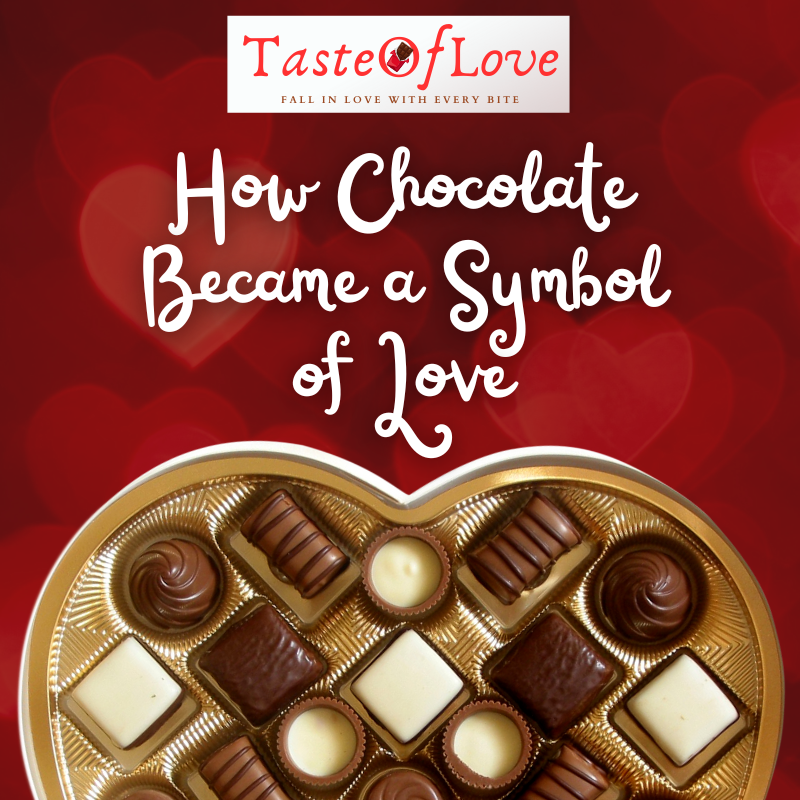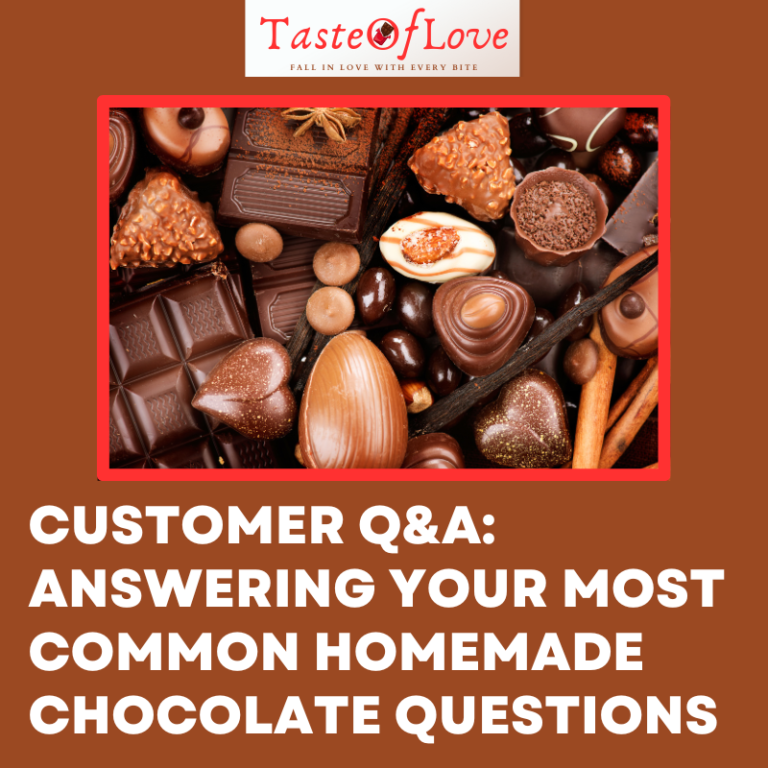How Chocolate Became a Symbol of Love
Chocolate has long been linked with romance, passion, and love. Whether given as a gift on Valentine’s Day, an anniversary present, or a token of affection, chocolate has secured its place as a universal symbol of love. But do you know how this sweet and delicious treat become a part of romantic gestures?
Ancient Origins: Chocolate as a Divine Gift
The story of chocolate started in the tropical rainforests of Central and South America, where the cacao tree (Theobroma cacao) has been cultivated for over 3,000 years. The word “Theobroma” means “food of the gods” in Greek, reflecting the reverence ancient civilizations had for cacao.
At that time it was believed that cacao beans were sacred and were used in worship. Many people believed that it was a gift from god. At that time chocolate’s solid version was not available. A frothy and bitter drink was made using these beans. This drink was flavored with chilly, vanilla, and other spices. Chocolate was considered divine and drinking it was a way to connect with god.
Chocolate Arrives in Europe: A Luxury for the Elite
When Spanish conquistadors arrived in the New World in the 16th century, they encountered cacao and brought it back to Europe. Initially, chocolate was consumed as a bitter drink, similar to the Aztec tradition. But Europeans started adding spices and sugar, transferring it into a sweet beverage quickly gaining popularity. By the 17th century, chocolate had become a symbol of luxury and indulgence in European courts. The association of chocolate with love began to take shape as it was frequently exchanged between lovers and used in courtship rituals. The idea of giving chocolate in courtship further developed into a belief that it could simulate desire and passion.
The Victorian Era: Chocolate and Courtship
The 19th century saw a significant shift in how chocolate was consumed and perceived. During the industrial revolution, chocolate became accessible to all. Therefore it was no more luxurious. During the Victorian era, giving chocolate became a token of love. In 1861, Cadbury, a British chocolatier, introduced the first heart-shaped chocolate box for Valentine’s Day. This increased the growing tradition of giving chocolate in courtships and the connection between chocolate and romantic love flourished. The heart-shaped box became popular so quickly as it showed affection and devotion.
Victorians were also known for their elaborate rituals of courtship, and chocolate played a central role in these practices. A box of chocolates was a carefully chosen gift, often given as a sign of serious romantic intent. This idea of selecting and giving chocolates became a symbol of intimacy and love.
Chocolate in Modern Times: A Global Symbol of Love
Even today, chocolate is symbolized as love, affection, and romance in many cultures around the world. Valentine’s Day, in particular, has become almost inseparable from the act of giving and receiving chocolate. The tradition of giving chocolates has expanded, and now, it is not only involved in romantic relationships but also for those you care about, such as family members, friends, or colleagues. Artisanal chocolates, exotic flavor combinations, and beautifully packaged confections are now available, allowing people to express their love in unique and meaningful ways.
The beautiful journey of chocolate from its ancient origins to its status as a modern symbol of love shows its ability to evoke pleasure and happiness. It will always remain a timeless symbol of love for generations to come.







